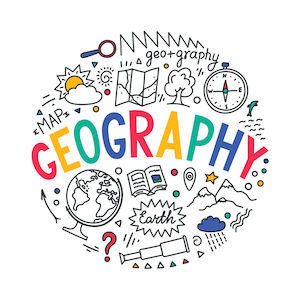Navigation tools are instruments or devices used to determine one's position, direction, or route when traveling. These tools help individuals navigate through various environments, such as land, sea, or air. Here are some common navigation tools:
- Compass: A compass is a magnetic instrument used for navigation that indicates the direction of the magnetic north pole. It consists of a magnetized needle that aligns itself with the Earth’s magnetic field, pointing towards the north. Compasses are widely used in outdoor activities such as hiking, camping, and sailing.
- Map: A map is a visual representation of an area, typically drawn to scale and showing geographical features, roads, landmarks, and other details. Maps are essential for planning routes, identifying locations, and navigating unfamiliar terrain. They come in various forms, including paper maps, digital maps, and GPS maps.
- GPS (Global Positioning System): GPS is a satellite-based navigation system that provides location and time information to users anywhere on Earth. It uses a network of satellites orbiting the planet to triangulate the user’s position accurately. GPS devices or smartphone apps utilize this technology to provide turn-by-turn directions, track movement, and locate points of interest.
- Astrolabe: An astrolabe is a historical navigational tool used for measuring the altitude of celestial bodies, such as the sun or stars, above the horizon. It was widely used by ancient astronomers and navigators to determine latitude and time, enabling them to navigate across vast distances.
- Sextant: A sextant is a navigational instrument used primarily in marine navigation to measure the angle between a celestial object (such as the sun, moon, or stars) and the horizon. By measuring these angles, sailors can determine their position relative to celestial bodies, aiding in navigation when other methods are unavailable.
- Charts and Nautical Maps: Charts and nautical maps are specialized maps used by sailors and mariners for navigation at sea. They provide detailed information about water depths, navigational hazards, tides, currents, and other marine features essential for safe navigation.
- Altimeter: An altimeter is a device used to measure altitude or elevation above a fixed level, typically sea level. It is commonly used in aviation, hiking, and mountaineering to determine vertical distance traveled and aid in navigation through varying terrain.
- Pilotage Tools: Pilotage tools include instruments such as binoculars, rangefinders, and radar used by pilots and mariners to visually navigate and maneuver through congested or restricted waters.
- Street Signs: Street signs are physical markers placed along roads and highways to provide information about directions, street names, distances, and destinations. They help motorists, pedestrians, and cyclists navigate urban and rural areas by indicating routes and landmarks.
- Trail Markers: Trail markers are symbols, signs, or blazes placed along hiking trails, footpaths, and outdoor routes to guide hikers and outdoor enthusiasts. They often consist of colored symbols, arrows, or painted markings on trees, rocks, or posts, helping travelers stay on course and navigate through wilderness areas.
These navigation tools serve different purposes but are all essential for finding direction, whether in urban environments, wilderness settings, or at sea.






